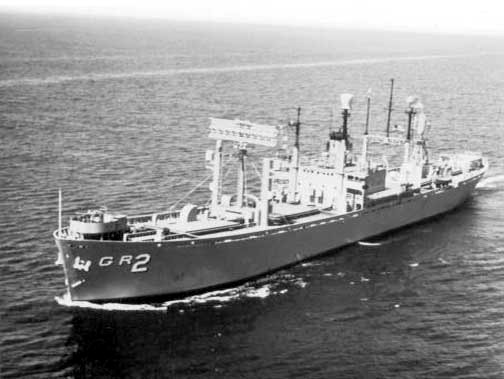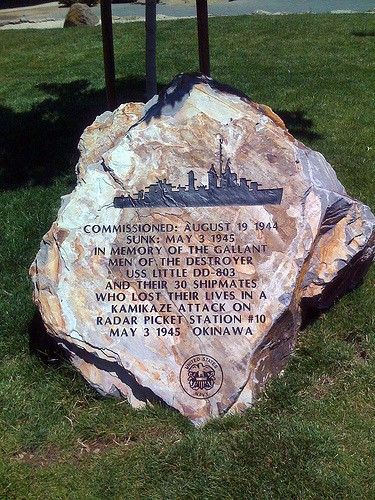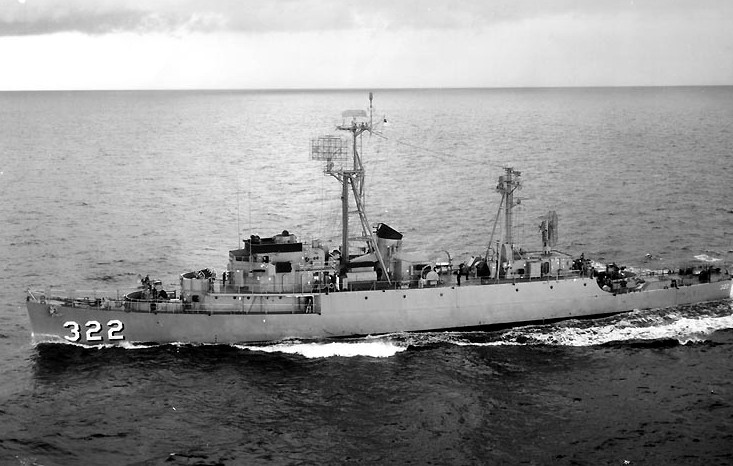Radar Picket

A radar picket is a radar-equipped ship, submarine, aircraft, or vehicle used to increase the radar detection range around a force to protect it from surprise attack. Often several detached radar units encircle a force to provide increased cover in all directions. Radar picket ships first came into being during the second world war to aid in the advance to Japan. As they were the nearest ships to the Japanese airfields, and hence the first seen, they were often heavily attacked by kamikaze aircraft. Formerly, the United States Navy employed radar picket ships converted from former the Boxed Aircraft Transport version of the Liberty Ship to extend the DEW Line seaward.

During the period between 1955 and 1965 sixteen (16) Liberty Ships converted into Radar Picket Ships were stationed on the East Coast and West Coast, eight stationed at Treasure Island California and eight stationed at Dansville Rhode Island. Ship names matched the mission: Guardian, Lookout, Skywatcher, Searcher, Scanner, Locator, Picket and the Interceptor on the East Coast and Investigator, Outpost, Protector, Vigil, Interdictor, Interpreter, Tracer and Watchman on the West Coast. The designation of the ships were YAGR, later changed to AGR.

Picket stations were spotted about 400-500 miles out and provided an overlapping radar or electronic barrier against approaching aircraft. While on station, the ships shifted operational control from the Navy to the Air Force and NORAD. Each ship while on station stayed within a specific radius of its assigned Picket Station, reporting and tracking all aircraft contacts. Each ship carried qualified Air Controllers to direct intercept aircraft sent out to engage contacts.

While on station other duties such as Search and Rescue, weather reporting, and miscellaneous duties were assigned. The National Marine Fisheries Services even provided fishing gear so that the crew could fish for Tuna during season and the ships sent in daily reports of fish caught for research purposes. The standard crew consisted of 13 Officers, eight Chief Petty Officers, and 125 enlisted. Typical station duty was about 30-45 days out and 15 days in port. By 1965, the development of Over-the-Horizon radar made the Radar Ships obsolete. Ground based systems then had the capability to see beyond their once state-of-the-art radar systems. The Gulf of Tonkin PIRAZ station expanded the radar picket role during the Vietnam War. During the Cold War, the United States Navy advanced to radar picket submarines which had the option of diving when under attack themselves. The radar equipment of these diesel submarines took the place of torpedoes and their tubes in the rear torpedo rooms.






 DDR835
DDR835 